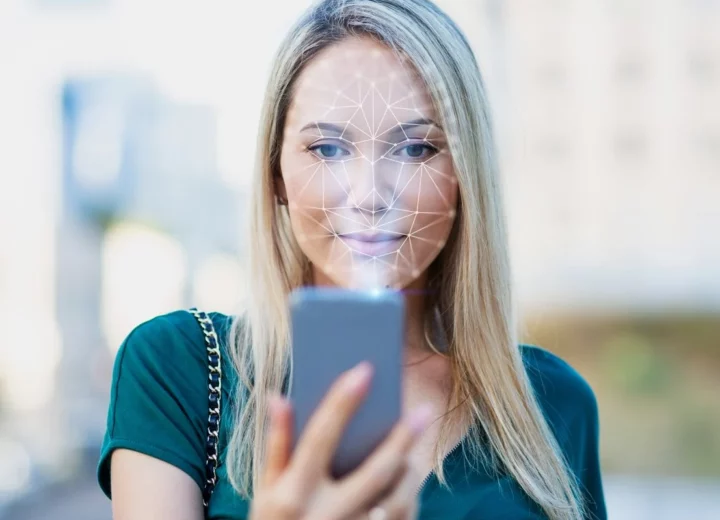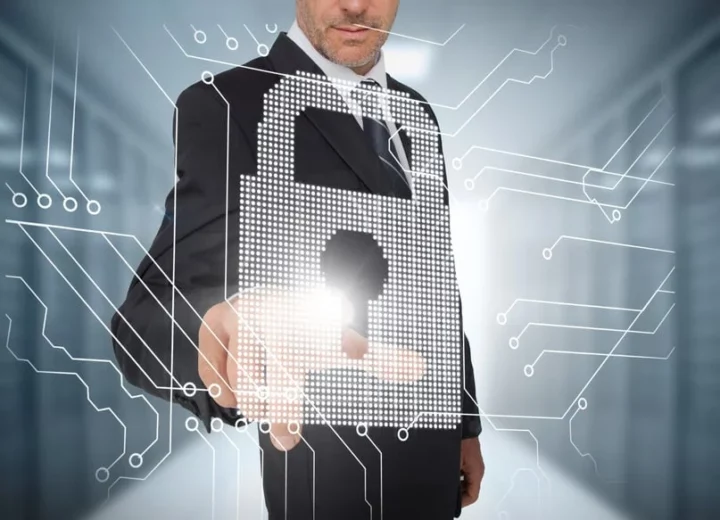Every new technology has its share of naysayers. Trepidation over trying something new is a normal reaction, but it’s often based upon misinformation or unfounded beliefs.
Biometric identity solutions are hardly new, but as they’ve become more commonplace in commercial-grade applications, public concerns persist regarding the technology’s suitability for mainstream use. Although most of us don’t think twice about using our thumbprint, iris, or face to unlock our smartphone, that comfort level doesn’t always translate to other ways in which the technology is now being deployed.
Separating fact from fiction is a necessary step in winning over the public’s trust. Here, we’ll set the record straight over five of the most common concerns.
(This blog post is part of a series on the most common misconceptions about biometrics).
Concern #2: Deploying biometric identity solutions are “overkill” in most settings; they’re expensive and create unnecessary hassles for users and administrators
Fact: Biometrics offers the perfect blend of security and convenience for many environments and applications, and today’s systems are surprisingly affordable.
The “overkill” belief most likely derives from biometrics’ traditional use in super-secure settings, like military bases or infectious disease laboratories. Only the highest levels of security warranted the expense of early systems. That doesn’t mean that today, biometrics aren’t suitable for use elsewhere. Plenty of technology initially used by the government or military exclusively is now welcome in our daily lives. GPS, digital photography, and the internet are just a few examples.
Biometrics are one of the most reliable means of identity verification. The iris, specifically, results in a false match in less than one-in-one million events. Meanwhile, the cost of this premium performance has plummeted in recent years, resulting in affordable commercial-level pricing. Service-based OPEX pricing models significantly reduce or eliminate capital investment and spread costs over months or years.
Biometrics can also improve the user experience, eliminating hassles rather than creating them. Users no longer need to carry fobs, cards, phones, or remember PIN codes when used in conjunction with access control systems or time-and-attendance systems. When connected to point-of-sale technology, enrolled users can make purchases without a credit card or mobile app. Biometric readers integrated with visitor management solutions can auto-enroll first-time guests or clients and fast-track repeat visitors, allowing them to bypass a registration desk. All visitors’ movement within the facility can be tracked and managed.
Biometric solutions can also offer seamless identity verification and authentication of remote workers logging into and working within a corporate network. Zero Trust protocols, which require ongoing verification of network users, are easiest to implement by leveraging a computer’s camera or attached biometric reader. PINS or passwords become unnecessary.
From an administrator’s perspective, biometric identity solutions are often easier to manage than other security applications. Enrollment can be automated, and workers are never without their credentials. Cards or fobs cannot be shared, duplicate enrollment is impossible, and seamless integration with a range of platforms makes it easy to add or remove individuals from all systems simultaneously. Furthermore, newer cloud-based systems allow for multiple sites to share a single database.
The definition of “overkill” is “excessive treatment; too much of something.” Unless superior security and convenience at an affordable price are a problem, we can cross the “overkill” claim off the list of reasons not to consider biometrics in a wide range of settings, high-security or not.




